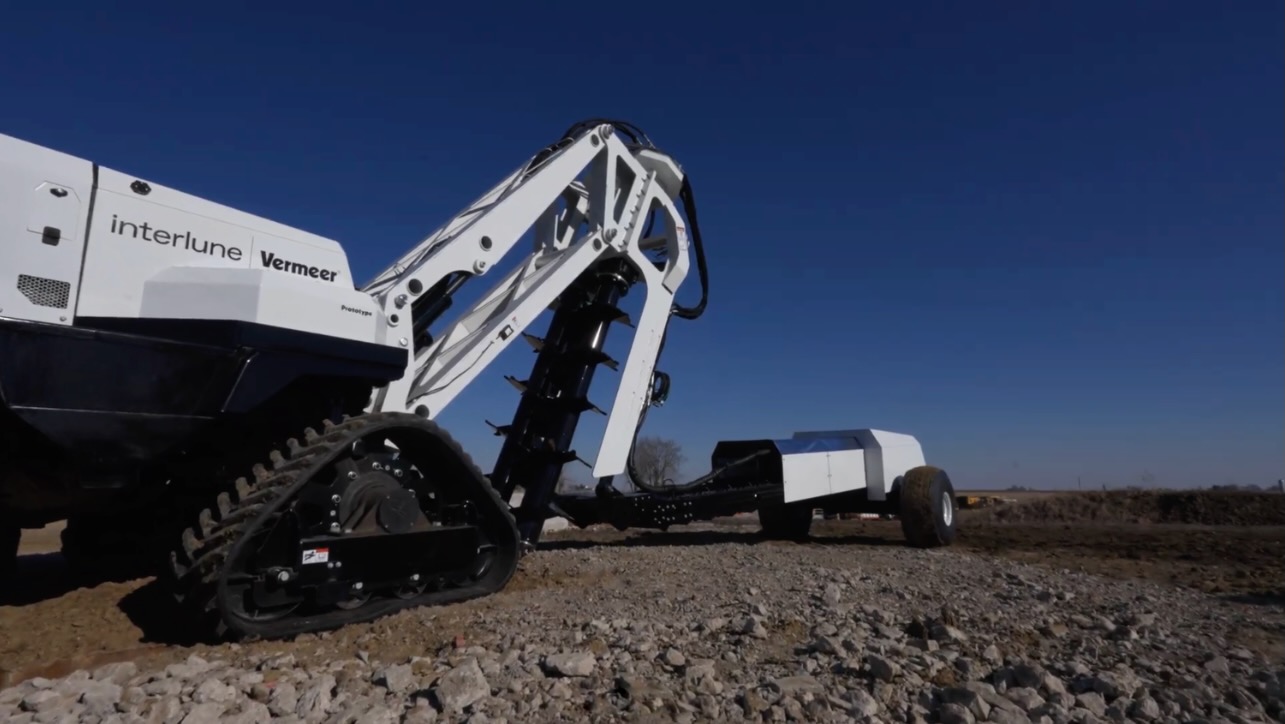Get the latest tech news
Why are some rocks on the moon highly magnetic?
MIT scientists may have solved the mystery of why the moon shows ancient signs of magnetism although it has no magnetic field today. An impact, such as from a large asteroid, could have generated a cloud of ionized particles that briefly enveloped the moon and amplified its weak magnetic field.
In a study appearing today in the journal Science Advances, the researchers show through detailed simulations that an impact, such as from a large asteroid, could have generated a cloud of ionized particles that briefly enveloped the moon. “There are large parts of lunar magnetism that are still unexplained,” says lead author Isaac Narrett, a graduate student in the MIT Department of Earth, Atmospheric and Planetary Sciences (EAPS). They adapted a second code, developed by collaborators at the University of Michigan, to simulate how the resulting plasma would flow and interact with the moon’s weak magnetic field.
Or read this on Hacker News
